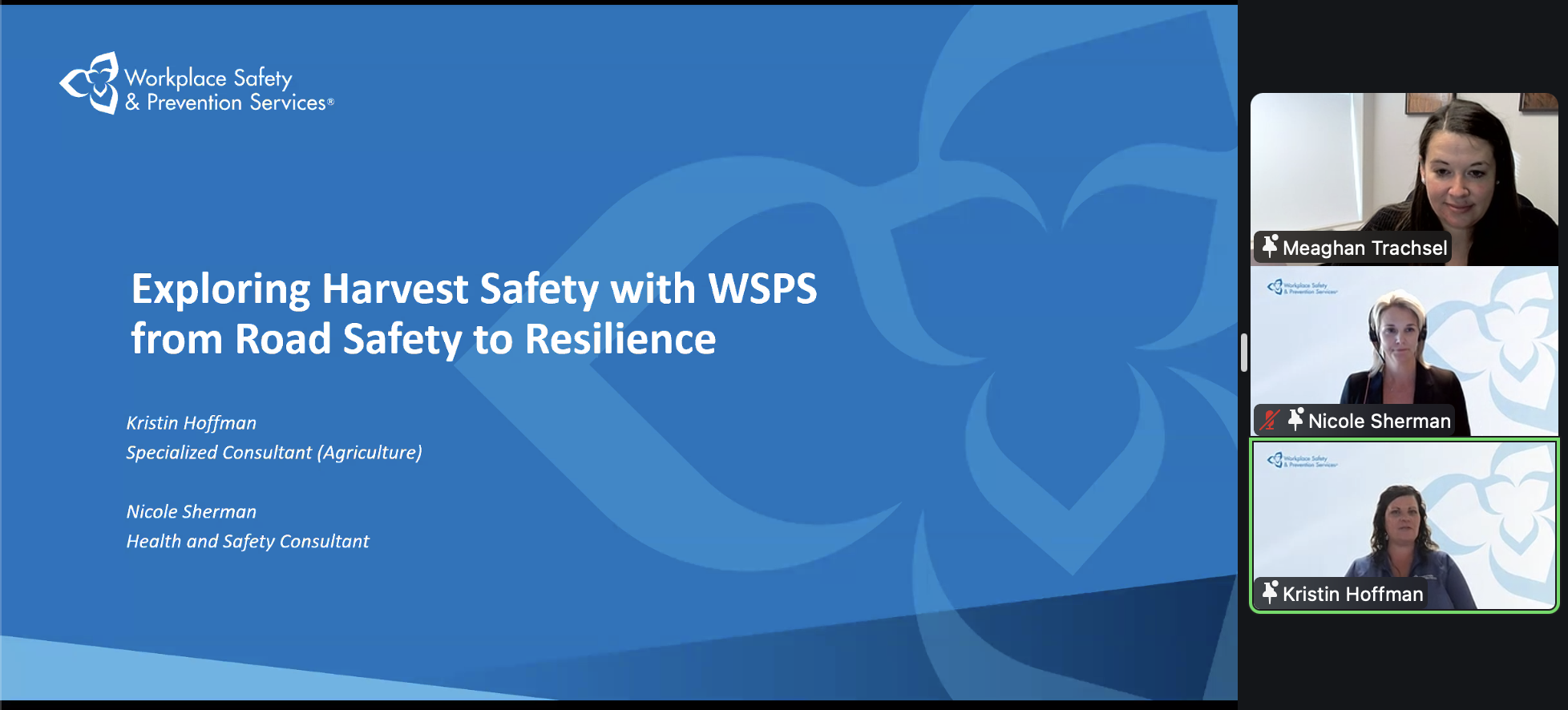Raleigh, N.C. — Whatever major boosts may soon come in world soybean production are seen coming from countries with the acres to spare, not necessarily from breeders building better beans.
That’s how one major player in Brazil’s soybean sector sees the near future, as growers meeting here Thursday discussed the road ahead for the crop during chemical giant BASF’s 2014 Ag Media Summit.
In each of the past three years, Brazil has been just behind the U.S. in soybean production. The U.S. Department of Agriculture estimates U.S. 2014-15 production at 98.93 million tonnes, ahead of Brazil at 91 million. (By comparison, Canada in 2013-14 produced 5.2 million tonnes.)
Read Also

Tips for staying safe this harvest season
Kristin Hoffman of WSPS explains measures for increased farm safety around harvest season
Aurelio Pavinato, CEO of SLC Agricola, told delegates at the summit he believes the soybean production ranking will soon be reversed — and “in a few years, Brazil will be the big soybean producer.”
SLC Agricola is made up of 16 separate farms in Brazil, totalling over 800,000 acres and employing over 2,700 people.
Because there’s little room left for soybean acreage expansion in the U.S., Pavinato said, U.S. production gains must come mainly from yield increases. In Brazil, meanwhile, there’s still room for acreage expansion, he added.
The biggest challenge for Brazil’s soybean growers is logistics. “We spend a lot of money to ship from the farm to the port,” said Pavinato, noting crop protection in the South American climate is also an issue. “In the past it used to be easy. Now it’s becoming harder to protect the crop.”
Labour also looms on Pavinato’s list of challenges. “Our big challenge is to find a very good employee.”
In the Northern Hemisphere, meanwhile, from where Brian Nunemaker sits as a partner in Oak Prairie Farms in southern Michigan, soybeans are important — but not as important as his operation’s most profitable crop, Pioneer seed corn.
“We raise soybeans just because we have to rotate,” Nunemaker said, and soybeans take second place on Oak Prairie Farms because “there’s a big challenge in the yield.”
“Best opportunity”
Charles Hall, CEO of the North Carolina Soybean Producers Association, agreed more work is to be done to increase soybean yield.
“I just don’t think we’re exploiting the potential of the bean,” he said. While high yields in small spots are becoming common — over 100 bushels per acre on some irrigated acres — it’s hard for farmers to get entire fields to a high yield.
In the past, Hall said, “plant breeders didn’t spend a lot of time on soybeans,” but new technologies will allow public and private researchers to profit from future advances in research.
A share of U.S. checkoff dollars is also targeted toward improving soybean genetics. “I would put breeding as a top priority,” Hall said, noting one trait at the top of the list is drought tolerance — and work in that area is close to public release.
Too often, Hall told delegates, “we encourage farmers to save their way to profitability” where farmers need to invest in new research.
Pavinato agreed “technology will help us increase yield” — but he doesn’t have high hopes for large-scale yield increases. “I don’t believe the soybean yield will increase over the next 10 years more than one per cent per year.”
Researchers working on soybean genetics now are targeting relatively small changes, he said. “Most of the big problems have already been solved.”
With only small yield increases in the cards, and acreage available for soybean acreage expansion, Pavinato made clear he firmly believes that for soybean expansion, “the best opportunity today is in Brazil.”
— Leeann Minogue is the editor of Grainews. Follow her at @GrainMuse on Twitter.












